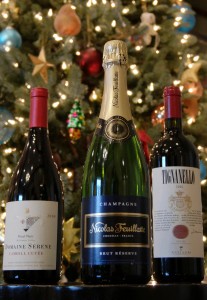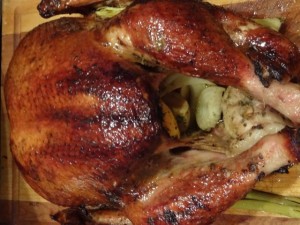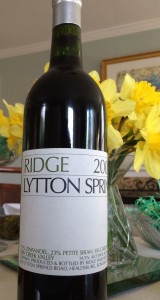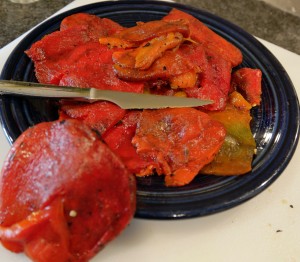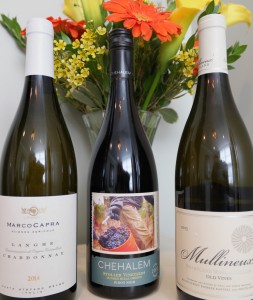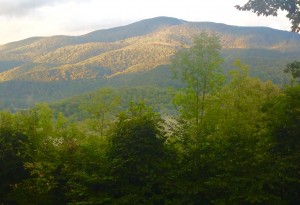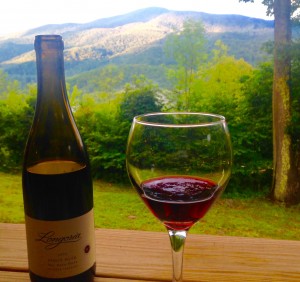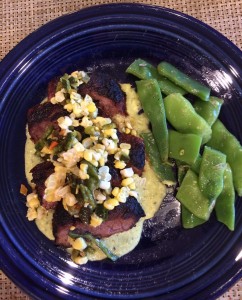Need a night out? two options for good food and wine
January 5, 2016 by John BrownOkay, let’s face it. The holidays are in the rear view mirror, the Christmas tree is on the curb and a cold, gray winter is just starting to chill our weary bones. My advice? You need an attitude adjustment and the best way to do that is to treat yourself to some good food and wine.
If you’re a regular reader of these scratchings, you know I will never just give you my impression of a particular wine without mentioning a food that is enhanced by it. Finding a compatible food and wine combination makes the whole dining experience so much more pleasurable.
And while we all love to cook, I suspect that the folks in your household need a break from the kitchen. After a month of chopping, boiling, sautéing, roasting, grilling and cleaning up after a herd of hungry and thirsty holiday celebrants, don’t you think we all deserve a night out?
Well, I do, and so I’m going to share with you today two of my favorite meals and accompanying wines from a couple of excellent local restaurants. We are blessed in this small, but beautiful valley, with several fine dining establishments that deserve your patronage. In future columns, I will tell you about other special culinary experiences I’ve had in and around our community.
Let’s begin with South Hills Market and Café. Chef Richard Arbaugh and wife Anne have done an exceptional job at this small restaurant with an inventive and eclectic menu which also has a Wine Spectator award wining wine list. Here is a three-course menu that I have enjoyed there on a few occasions.
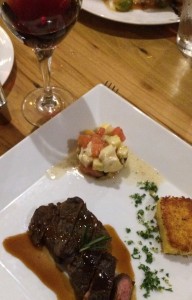
I start with the Roasted Bone Marrow with gherkins, pickled onions, whole grain mustard, and grilled crostini. I love the huge (about eight inch long) caveman-like bone in which the marrow is served. Next, I opt for the Artisan greens with cucumbers, pickled onions, tomatoes and asiago cheese.
And for the main course (especially for you red meat lovers), I recommend the 12-ounce New York Strip Steak with Bordelaise sauce. Make the meal even more special by ordering a glass or a bottle of the Grochau Cellars Willamette Valley Pinot Noir. This medium-bodied wine from Oregon is full of black cherry flavors that can stand up to the meat, and also marry well with the Bordelaise sauce.
Bricks and Barrels across from Appalachian Power Park is not yet a year old, but the upscale restaurant has weathered the slings and arrows of many passionate and discerning local diners. Owners Matt and Nikki Holbert have hung in there and, in the past few months, have made several positive changes, not the least of which is hiring a new chef with excellent credentials.
The improvement in both the quality and consistency of the menu at Bricks and Barrels has been a pleasant surprise. I have always been pleased with the nicely conceived wine list, the classy bar and (don’t tell Rich Ireland) the extensive selection of West Virginia craft brews.
Here’s a three-course menu at Bricks and Barrels that is worth giving a try. I have always enjoyed Crab Louie Napoleon, but the version at this restaurant is about the best I’ve ever eaten. Baby Bibb lettuce is stacked with layers of jumbo lump crab, a slice of tomato, asparagus, hard-boiled egg and avocado. Yum!
Next, I suggest The Beet and Goat cheese salad which is a delicious combination of roasted beets on a bed of summer greens with warm walnuts all tossed in Italian dressing. For the main course I suggest the melt-in-your-mouth filet of butter-basted salmon served with sweet potato puree, deep-fried Brussel sprouts and parmesan risotto.
To accompany the meal, I chose a glass of Ladera Chardonnay, a Napa Valley wine that has medium intensity, flavors of ripe honey crisp apples and a light kiss of oak that marries especially well with the butter basted salmon. Bravo!


